Mpox in 2024: Key Symptoms, Vaccination, and How to Stay Protected
- The international health community continues to face powerful challenges in the fight against infectious disorders.
- Among these, monkeypox, also known as Mpox disease, has emerged as a viral infection of concern, particularly due to its similarities to smallpox and the potential for outbreaks.
- With the recent resurgence of monkeypox cases, especially in 2024, staying informed about the virus, its symptoms, transmission, treatment options, and preventive measures is crucial.
How Does Monkeypox Start?
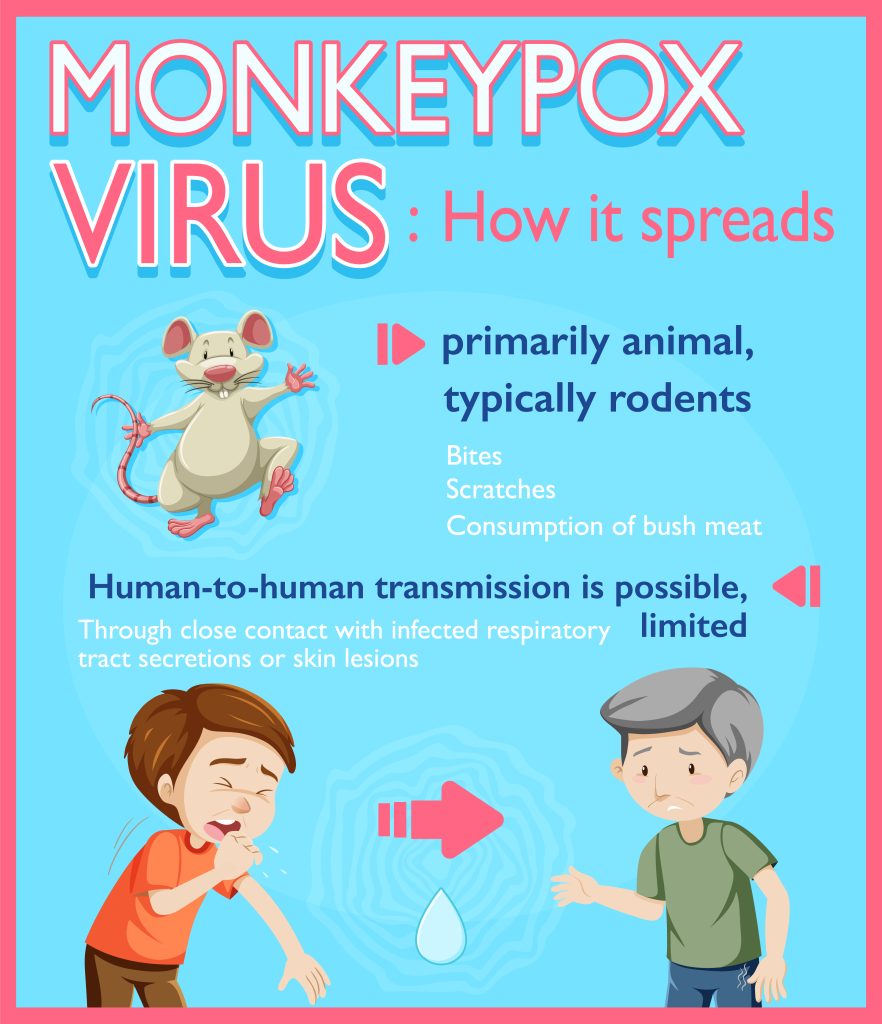
- Monkeypox is a viral zoonotic infection, representing it is transferred to humans from animals.
- The virus belongs to the orthopoxvirus lineage, including smallpox.
- Initially identified in laboratory monkeys in 1958, the first human case was reported in the Democratic Republic of Congo in 1970.
- Mpox starts when a person comes into connection with the virus via infected animals, such as primates, or direct connection with bodily fluids, skin lesions, or infected things.
- Human-to-human transmission is not common but can happen via respiratory droplets, skin contact with infected lesions, or lengthy exposure to an infected person.
- The virus can enter the body through broken skin, respiratory tract, or mucous membranes like the eyes, nose, or mouth.
What Are the Symptoms of Monkeypox?
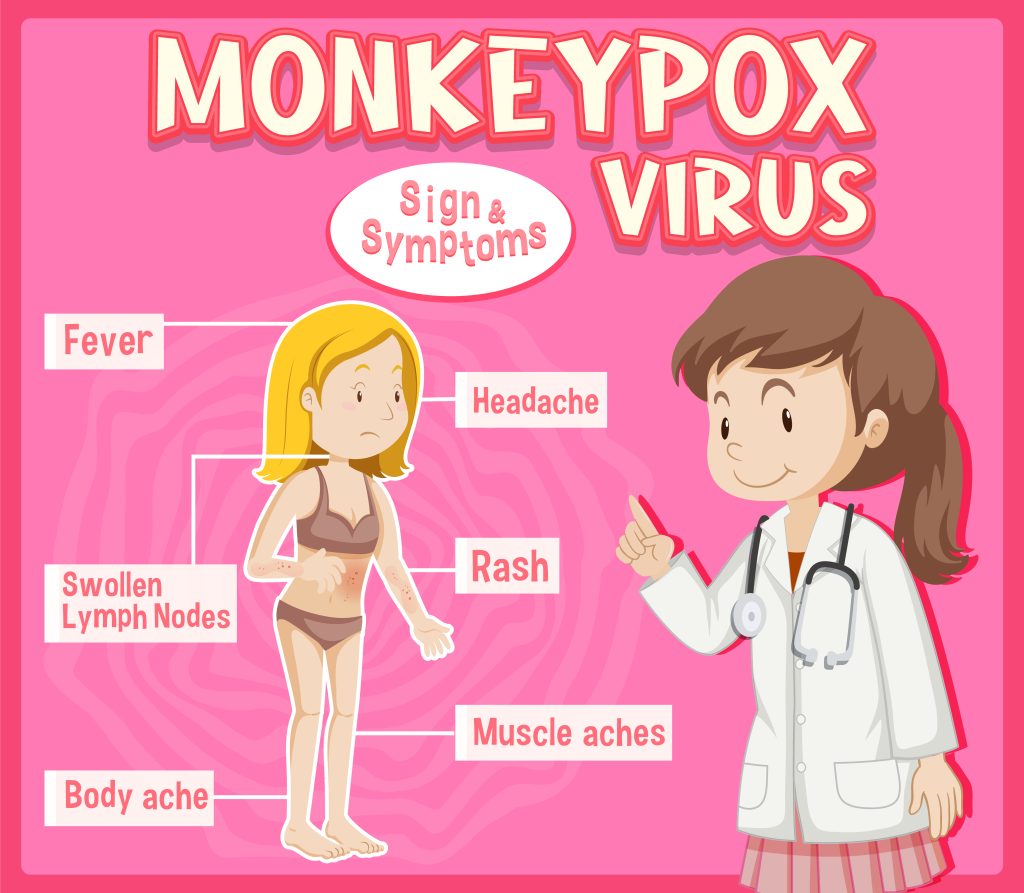
- The symptoms of Mpox typically begin 5 to 21 days after exposure to the virus.
- The early signs are often flu-like and may include fever, headache, muscle aches, and fatigue.
- Lymphadenopathy, or swelling of the lymph nodes, is a hallmark symptom that helps distinguish monkeypox from other viral infections like smallpox.
- As the infection advances, Mpox evolves, usually initiating on the face before spreading to other body parts.
- The rash evolves through several stages, beginning with flat red spots, which then become raised, filled with clear fluid, and eventually pus-filled.
- These lesions can be painful and may cover large areas of the body, including the hands, feet, and genital region.
- In some cases, the rash can resemble other skin conditions such as chickenpox or syphilis, making diagnosis challenging without laboratory confirmation.
- The stringency of symptoms differs from person to person.
- While most cases of Mpox disease are mild and resolve within 2 to 4 weeks, some individuals may experience more severe symptoms, particularly those with weakened immune systems, children, or individuals with underlying health conditions.
Monkeypox Outbreaks
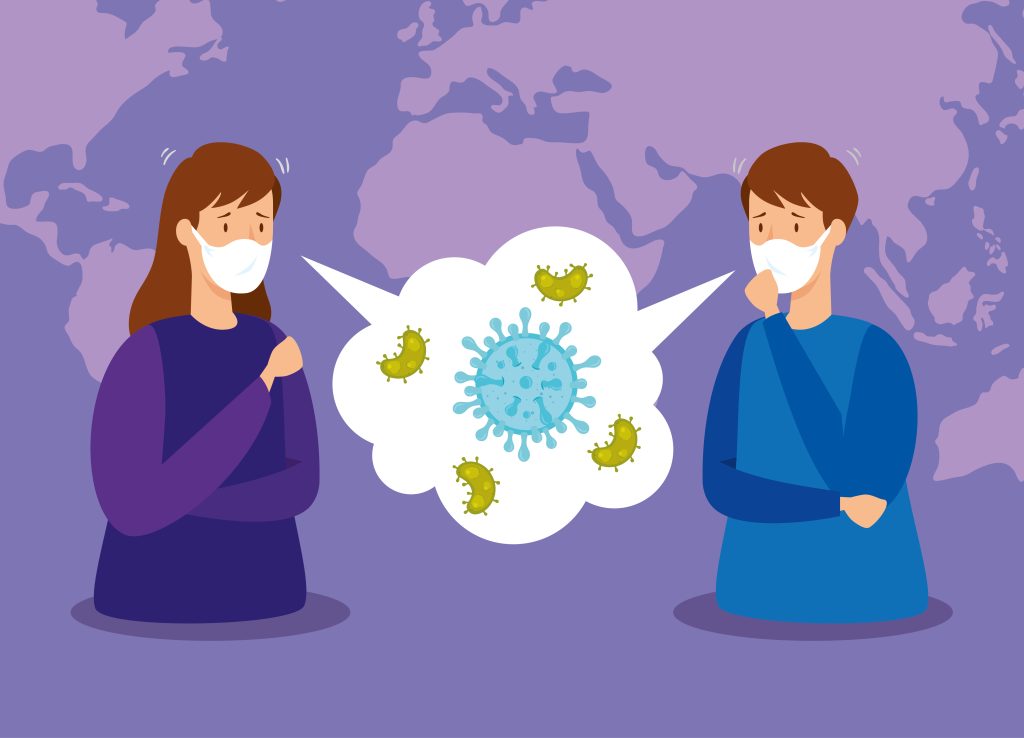
- In recent years, monkeypox outbreaks have drawn global attention due to their rising frequency and geographic spread.
- The monkeypox outbreak in 2024, which affected several countries outside of Africa, has highlighted the need for increased vigilance and preparedness.
- Outbreaks have occurred in both rural and urban areas, raising concerns about the potential for sustained human-to-human transmission.
- Factors contributing to these outbreaks include increased travel, deforestation, and closer human interaction with wildlife, all of which create opportunities for zoonotic transmission.
- The outbreak has once again brought the disease to the forefront of public health efforts, with authorities focusing on containment measures, public awareness, and prevention strategies.
Mpox Disease in 2024
- As of 2024, mpox disease remains a significant public health concern, particularly in regions where the virus has re-emerged.
- Governments and health organizations are working to monitor the spread of the disease, identify cases early, and implement measures to prevent further outbreaks.
- In some areas, public health campaigns have been launched to educate people about the risks of monkeypox, the importance of hygiene, and the need for prompt medical attention if symptoms develop.
- Preventive measures include
- avoiding contact with animals that may carry the virus,
- practicing good hand hygiene, and
- isolating individuals with suspected monkeypox to prevent the spread of infection.
- Vaccination efforts are also playing a crucial role in containing the disease.
Treatment and Vaccination for Monkeypox
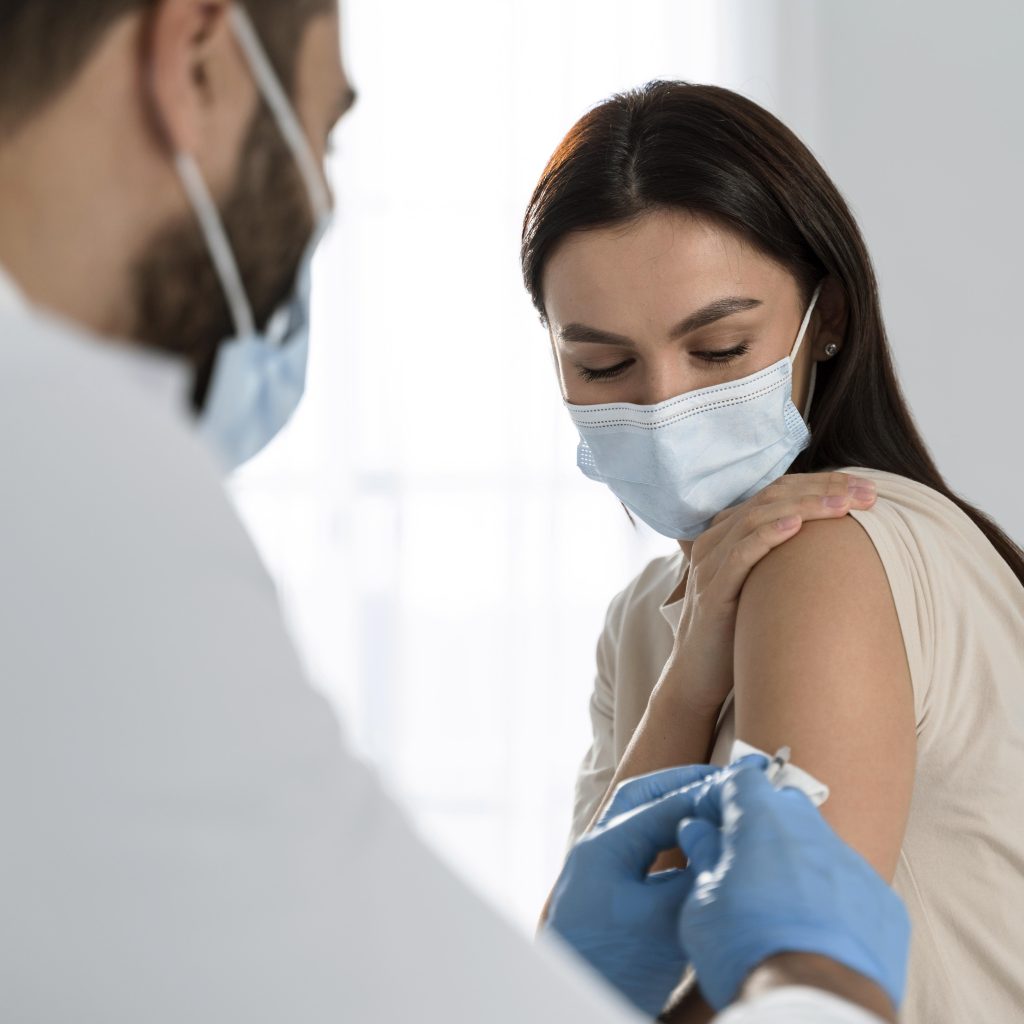
- Currently, there is no specific treatment for monkeypox, and care is primarily supportive.
- This means that treatment focuses on relieving symptoms, preventing complications, and improving the patient’s comfort.
- In some cases, antiviral medications may be used, although their efficacy against monkeypox is still being studied.
- The smallpox vaccine shows cross-protection against monkeypox due to the genetic similarities between the two viruses.
- The monkeypox vaccine has proven effective in preventing infection and reducing the severity of symptoms in those exposed to the virus.
- Public health authorities recommend vaccination for high-risk individuals, such as healthcare workers, people who may come into contact with infected animals, and individuals in regions where outbreaks are ongoing.
- In 2024, efforts to increase the availability and distribution of the monkeypox vaccine have been critical in reducing the impact of the disease.
- Additionally, public health initiatives have focused on ensuring that people understand the importance of vaccination and access accurate information about the virus.
Disease Outbreaks and Disaster Response
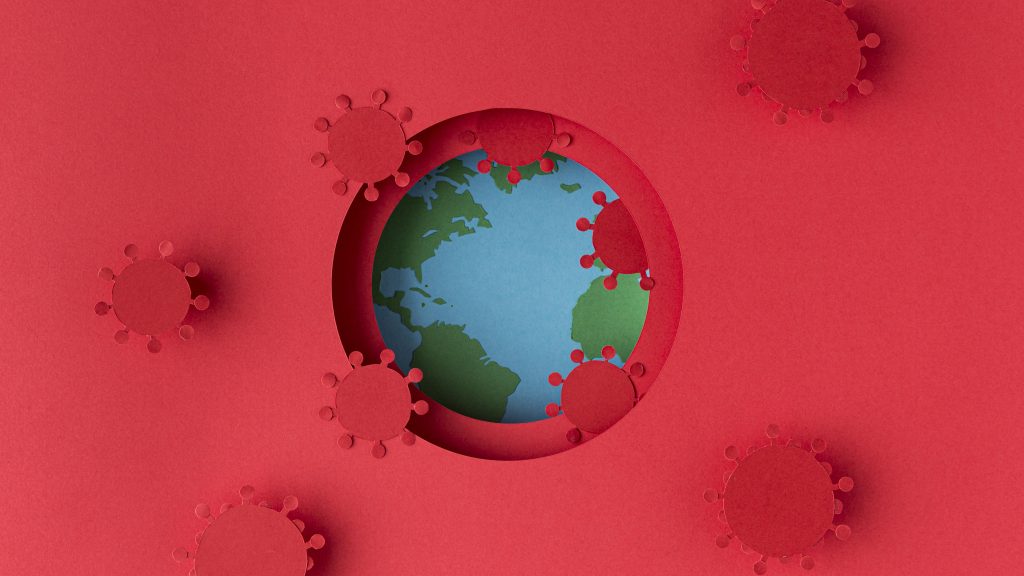
Monkeypox is just one example of how infectious diseases can lead to outbreaks and pose significant challenges for global health systems.
A disease outbreak, such as the one seen in 2024, requires coordinated efforts between governments, healthcare providers, and the public to manage the spread of the virus and mitigate its impact.
Preparedness and disaster response are key components of managing a disease outbreak.
In the case of monkeypox,
- early detection
- isolation of infected individuals,
- contact tracing,
- vaccination campaigns
have been essential in controlling the spread of the virus.
Public health authorities continue to work closely with international organizations to ensure that resources and support are available to countries affected by the disease.
Conclusion
- Monkeypox is a complex and evolving public health issue, and its re-emergence in 2024 underscores the importance of vigilance, education, and prevention.
- Understanding how Mpox disease starts, recognizing its symptoms, and knowing the available treatment and prevention options can help individuals protect themselves and their communities.
- Public health initiatives, including vaccination campaigns, improved hygiene practices, and timely medical care, are essential in reducing the spread of the virus.
- By staying informed and proactive, we can better manage the risks associated with monkeypox and other infectious diseases.
FOR MORE INFO AND RELATED ARTICLES; https://phcworld.com

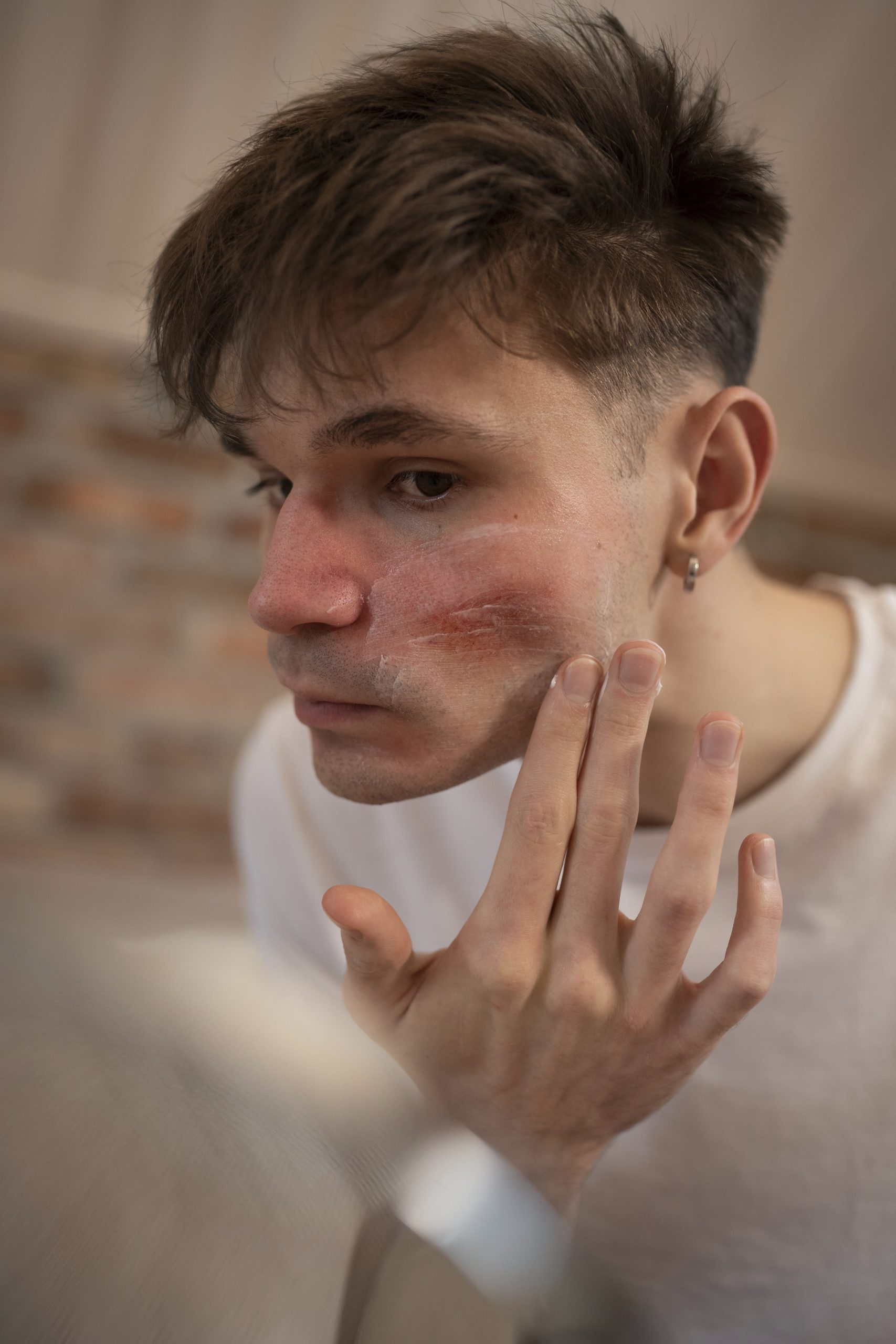
Been told every thing
Good 👍